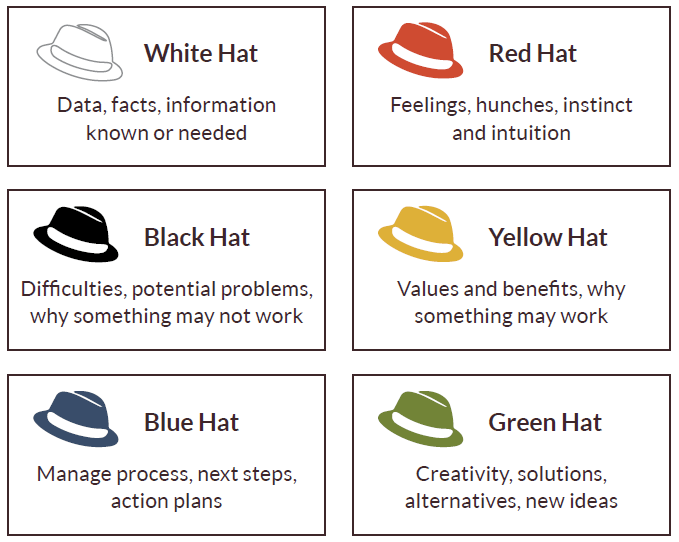Collaborative activities, techniques and tools to develop students’ productive skills

Collaborative learning is an approach to teaching and learning that involves groups of students working together. They might be working towards solving a problem, creating a project, or just completing a task. The benefits are obvious:
- collaborative learning is student-centred;
- it promotes group dynamics and helps establish relationships;
- it put teenagers into lower-risk situations and, as a result, lowers anxiety;
- it provides students with more chances to interact and increases students talking time.
A lot has been said about collaborative techniques in the lessons. Today, let’s try to incorporate these principles into teaching speaking and writing to teenage students.
Speaking
We do a lot of collaborative speaking as part of the communicative approach. In this way, students work on both their speaking and listening and activate high-order thinking skills such as analyzing, reasoning, comprehending, and evaluation. Apart from traditional ‘Find someone who…’ or debates, here is what we can exploit in the lessons:
Pyramid discussion
This one can be used not only as a coursebook-related speaking activity but also for exam preparation. Exams like PET, FCE and CAE include a collaborative task into the speaking part, so it has to be practised in advance.
- Introduce a problem to solve and let students think about it for a while on their own. For example, you can take an exam activity from below.
- Put the learners into pairs and let them share their ideas. Note that they should come to agreement or compromise if they decide on the thing which is the hardest to live without.
- Move on with combining the pairs into threes or fours.
- Repeat up to the whole class, depending on the size of the group. When all the group is together, check if they can agree on one solution.

(from First Trainer, 2nd edition, by Peter May, p.C14 of Speaking Appendix)
Listening Triangles
Here students work in groups of three and have an assigned role of a speaker, a questioner and a note-taker:
- Present the topic and ask the speaker to express their opinion. You might use it with picture description, for instance:

(from Complete PET for Schools © Cambridge University Press 2010) - The questioner’s task is to listen carefully and ask any questions for clarification or further detail.
- The note-taker at the same time observes the speaking interaction, takes notes and provides feedback to both the speaker and the questioner. In the case with picture description, the note taker can be jotting modals of speculation or descriptive adjectives. Ideally, the note-taker should be working with some pre-designed forms whose format will depend on the task. They can give feedback on the questioner’s performance as well.
Six Thinking Hats
Edward de Bono, a psychologist and philosopher, developed the idea of 6 thinking hats. The hats symbolize 6 main ways of thinking about a problem: Information, Emotions, Discernment, Optimistic Response, Creativity, and Process Management. This strategy is great for developing students’ critical thinking skills and getting them involved in speaking. With the help of hats, even the shyest teens will feel more comfortable as they can act according to the role without sharing their personal views.

- Present a question or a problem. Distribute the hats – you might want to use just 3-4 of them.
- Allocate time for thinking of the arguments. Remind that students should act and speak according to their hat: look for a creative solution, predict difficulties, or rely on facts.
- Let the group talk together and find the best solution.
Writing
Writing has always been considered an individual task. However, collaborative writing is highly enriching for teens. The focus is placed less on the teacher while students learn from each other and get inspired. Also, drafting and discussing requires a lot of speaking skills to be exploited. We have already discussed some strategies of teaching teens to write. Now let’s focus on practical ideas.
Digital collaboration
This one can be done in pairs while working on an essay, an article, a letter of complaint – you name it. Even if your classroom is not equipped with laptops, most teens will be happy to legally use gadgets. By the lesson, they should be aware of the programmes which you are going to use. It can be Google Docs, Primary Pad, Padlet or any of your personal favourites.
- Present a topic. Give time for the whole group to brainstorms ideas.
- Redirect your students to the digital tool. Ask them to work together on an opening paragraph. They might use colour-coding or comments to edit each other’s work.
- When it comes to body paragraphs, I usually ask each student to focus on one paragraph of their own. For instance, when the introduction of ‘How should governments help the victims of natural disasters?’ essay is done, teens in a pair agree that one of them will focus on volunteering issues, while the other on fundraising. In such a way, they aren’t distracted but still work towards the same idea.
- When the body paragraphs are written, students can move on with editing each other’s part of work.
- Finally, they work on conclusion together.
Snowball writing
This is a funnier activity which can be used with lower levels. For it, you should prepare a series of topic sentences or visual prompts.
- Hand out pieces of paper with topics/prompts to the students. Set a time limit and let them start the stories.
- When time is over, students crumple their piece of paper to make a snowball and throw it to the whiteboard.
- Then, they pick up one random ‘snowball’ each and continue the story. Steps 2 and 3 can be repeated a number of times.
- In the end, the stories go back to those who started them. The writer can make a final copy on a fresh sheet of paper or just read it out loud.
Snowball activity can be further expanded if students are asked to vote for the best story or discuss if the ending corresponds to their initial thoughts.
Sensory descriptions
This activity is aimed at developing descriptive writing skills. What’s more, it caters for audial, visual and kinaesthetic learners. You can use it for practising ‘It looks like…’ and ‘It tastes…’ structures or for revising some target language.
- Prepare a list of nouns. The difficulty will vary according to the level, from a lemon to a screwdriver. You should have at least one noun for every writing group.
- Put your students into groups of 3-5 people. Assign one of the five senses (sight, hearing, touch, smell and taste) to each of the students in a group.
- After each group chooses a noun, ask them to describe it based on their assigned sense.
- Finally, the students put their descriptions together to make a full picture and share with the groupmates. The groupmates should guess what the object is.
Blogging
Nowadays we have an enormous number of blogging platforms. Why don’t you use one with your teens? They will contribute to a bigger project and definitely get some feedback. You might prefer to let them choose the topics on their own or offer some which are related to the curriculum. Reading and commenting on each other’s posts is likely to bring its benefits.
Collaborative learning draws upon the strengths of all the participants. It’s much more difficult to stay out of sight as all the students have to take part in the learning process. Active, lively, exploratory environment – what else can a teacher ask for?





 Вероника Аветисян
Вероника Аветисян 
 Маргарита Аветисян
Маргарита Аветисян 



The article is very interesting and instructive. Thank you very much. I will definitely try some methods at my lessons. I think «Six hats» is the most suitable for my students, and i hope to increase their eager to learn and speak English.